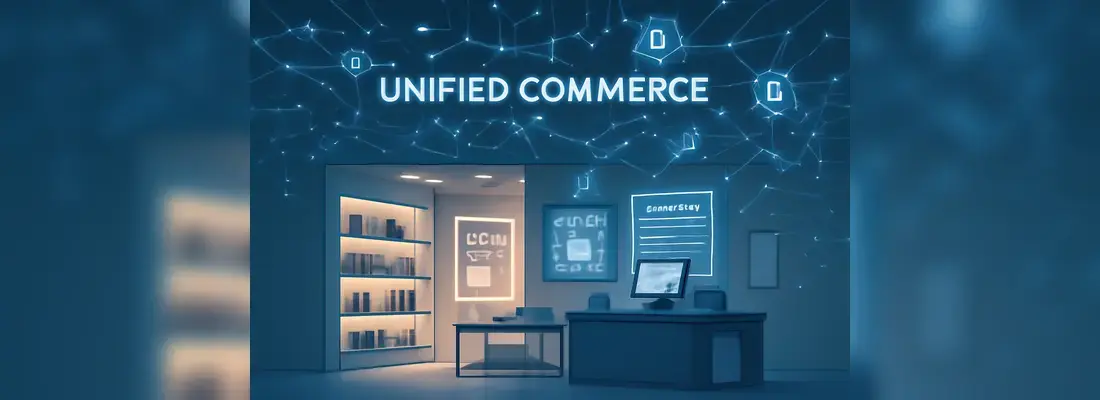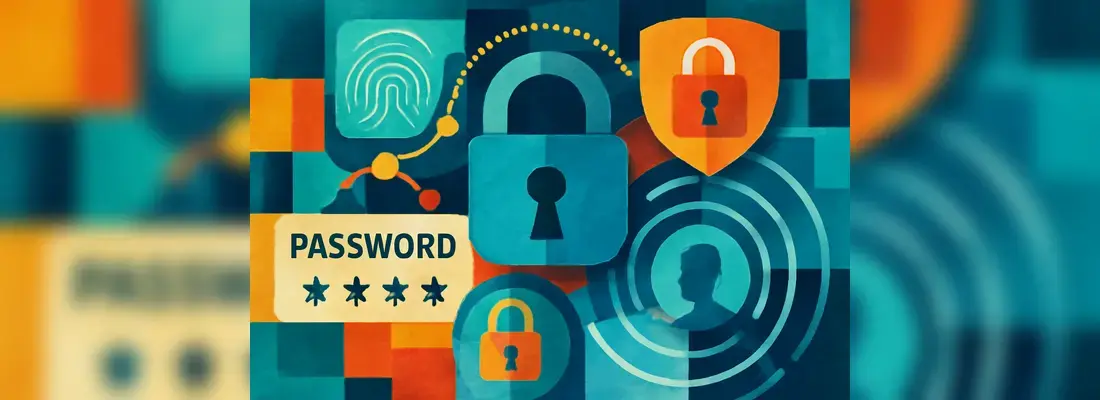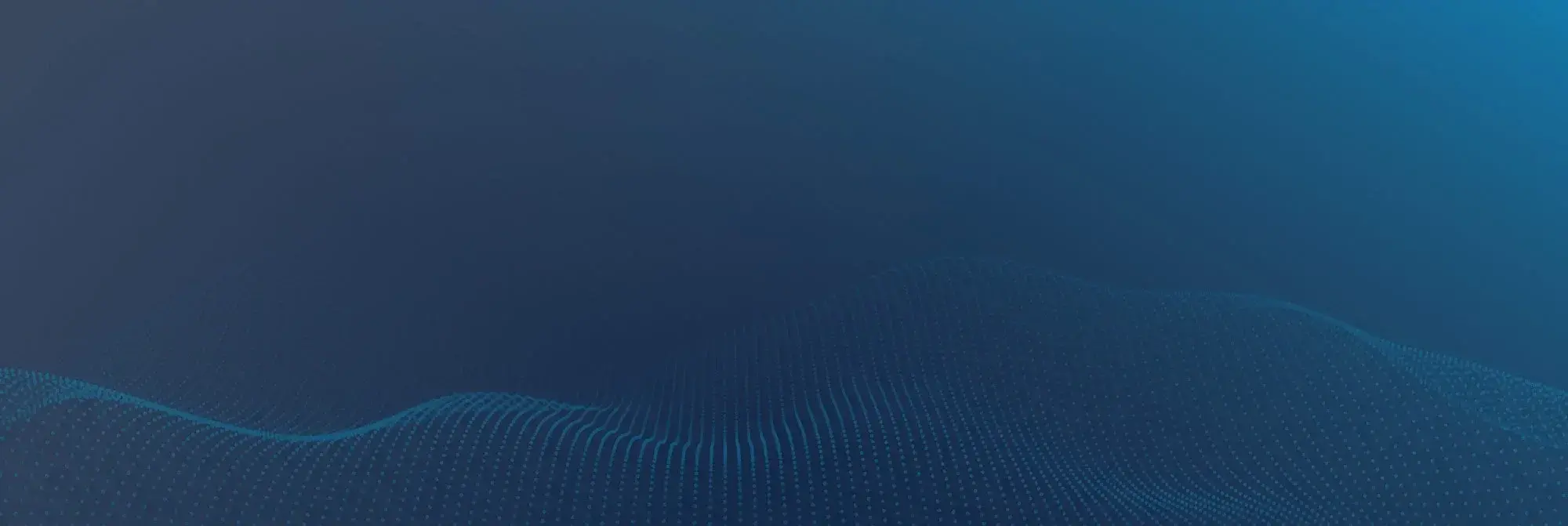Small and midsize businesses often feel surrounded from every direction. A passer-by might jiggle the back-door handle while, across the ocean, a cyber criminal scans for open ports on the same network that runs the storefront cameras. These threats may originate in different worlds, yet they frequently converge on the same victim.
Cyber criminals refuse to respect boundaries, so effective security strategies can no longer draw a neat line between brick walls and cloud dashboards. Live, AI-driven surveillance offers a practical way to watch both, creating a single perimeter that reacts as quickly to a forced latch as to a suspicious login.
Understanding the Convergence of Physical and Cyber Threats
A decade ago, a ceiling-mounted camera seemed like basic loss prevention. Footage lived on a DVR, and its value emerged only after an incident. Yet the same innovations that close those blind spots now trigger privacy concerns around AI surveillance, reminding owners that data protection must evolve alongside deterrence.
Networked video equipment illustrates how tangled the attack surface has become. Default passwords printed on a sticker may invite hackers who quietly disable motion alerts before their partners cut the padlock. Recent headlines detailing critical flaws in networked surveillance cameras underscore the point, showing how a single stickered password can open doors for both thieves and botnets. Conversely, a successful phishing email might reveal the nightly alarm code, setting the stage for physical intrusion.
Security diagrams for modern businesses increasingly resemble spiderwebs. An exterior door connects to a smart card reader, which reports to an access-control server, which syncs to cloud storage. Compromise one node and the ripple travels outward. High-profile examples abound—boutique retailers losing both inventory and customer card numbers during a single break-in; manufacturers discovering ransomware in their cameras hours before warehouse doors swung open. Such cases underline an unavoidable truth: the front door and the login prompt are now points on the same map, and protecting either means protecting both.
How AI Elevates Surveillance from Passive Recording to Active Defence
Conventional CCTV systems excel at archiving but remain silent witnesses. Nothing in their circuitry says, “Stop that intruder right now.” Artificial intelligence changes the equation by teaching cameras to recognize patterns that humans might miss—loitering after hours, an unrecognized face near the cash office, motion where none is expected.
Rather than streaming every second to the cloud, edge devices analyze frames in real time. Only events that match threat profiles travel across the wire, limiting bandwidth consumption while highlighting what matters. That approach aligns with how a startup aims to modernize CCTV with AI, funneling only high-priority clips to the cloud while shrinking bandwidth footprints.
When instant alerts meet trained human operators, surveillance becomes an active shield. A single professionally monitored AI-surveillance system can dispatch deterrent audio, notify store managers, or call police within seconds. The blend of silicon speed and human discretion filters out raccoons and fluttering banners, reserving alarms for genuine danger. In effect, video monitoring migrates from the rear-view mirror to the windshield, granting a forward-facing view of risk rather than a record of loss.
The Human-in-the-Loop: Live Guards Meet Machine Vision
Software excels at pattern recognition, yet shadows, neon reflections, and holiday decorations can fool even advanced models. That is why leading monitoring centres keep trained guards on duty around the clock. Artificial intelligence flags a possible breach; humans verify, escalate, or dismiss the alert. Keeping that balance reflects industry research on maintaining human oversight in autonomous decisions, a safeguard that keeps false alarms low and accountability high.
A colour-coded dashboard maps devices, timestamps, and recent behaviour. When potential danger appears, the system highlights routes of approach and historical context. Guards can flip from street-level view to thermal imaging, grab still shots, and open two-way audio. This layered perspective transforms a single clip into a narrative that law enforcement can act upon quickly.
What a Guard Sees in Real Time
A brief zoom-in on the operator interface reveals a scene that resembles a strategy game: yellow dots mean “keep an eye,” red dots mean “respond immediately.” Clicking a red icon opens the live feed, and within seconds the guard decides whether to trigger a siren, speak through speakers, or call police.
Because each verified incident earns a note in the system, patterns emerge over weeks. A delivery truck that idles after closing time, a door that fails to latch on windy nights, or a spike in network anomalies during cleaning shifts—these insights flow back to physical and IT teams alike. Collaboration tightens, and the business perimeter feels less like two separate fences and more like one continuous wall.
How to Defend Against Such Threats
While adversarial attacks can have a serious impact on business and require a thorough check of the LOS, there are effective tools to fight against them. Having a reliable software provider is often the answer. Cutting-edge companies like TIMVERO ensure top-quality protection. Some of the possible ways of securing high-level cybersecurity are mentioned below.
Robust Model Training
The best way not to face adversarial attacks is to train models to recognize them. The most effective way is to introduce those still in the development phase. Thus, consider having software that has had such training in place. Furthermore, regular retraining with the usage of diverse real-world data to adapt to evolving attack patterns is necessary.
Input Validation & Data Provenance
Software should not rely solely on self-reported data. The borrower inputs should be cross-checked with verified sources like payroll APIs, bank feeds, and tax records. Incorporating digital identity verification and biometrics to detect inconsistencies is also a big plus.
Explainability and Monitoring
The usage of explainable AI can make its decisions more transparent and auditable. It is also essential to monitor for anomalies in approval rates, input distributions, and model outputs. Those are early indicators of potential manipulation or drift.
Model Governance
Strong governance practices are necessary. Those include constant audits for the changes and decision logs. Moreover, there is a necessity to overlook risk, compliance, and data science to ensure models remain secure, fair, and aligned with regulatory expectations.
Together, these defences create a more secure, trustworthy lending ecosystem that’s resilient to adversarial threats.
.webp?width=650&name=surveillance_AI_cropped%20(1).webp)





.webp)
.webp)
